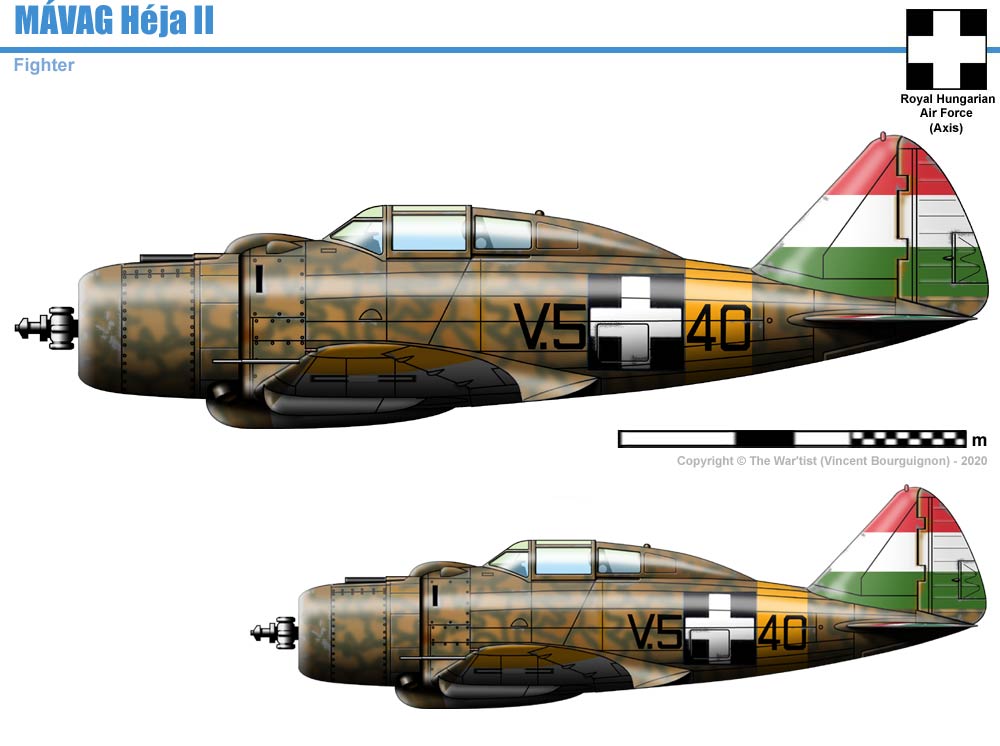He 112, the type with small wing (like most of the produced examples had) is also a decent choice - it even had a few advantages over the Bf 109, like the canopy with better vision, and less tricky U/C. Though the Bf 109 with a modest weight and modest torque should've still be manageable on the runaways. I'd try to have Kestrel or the HS 12Y at the nose, though, the Jumo 210 is distinctively a 3rd rank engine by 1938.
I don't know why people scoff of at the Oerlikon FF(F) - Axis (German, Japanese) and other pilots managed to rack impressive scores with it or it's derivatives.
I don't know why people scoff of at the Oerlikon FF(F) - Axis (German, Japanese) and other pilots managed to rack impressive scores with it or it's derivatives.
